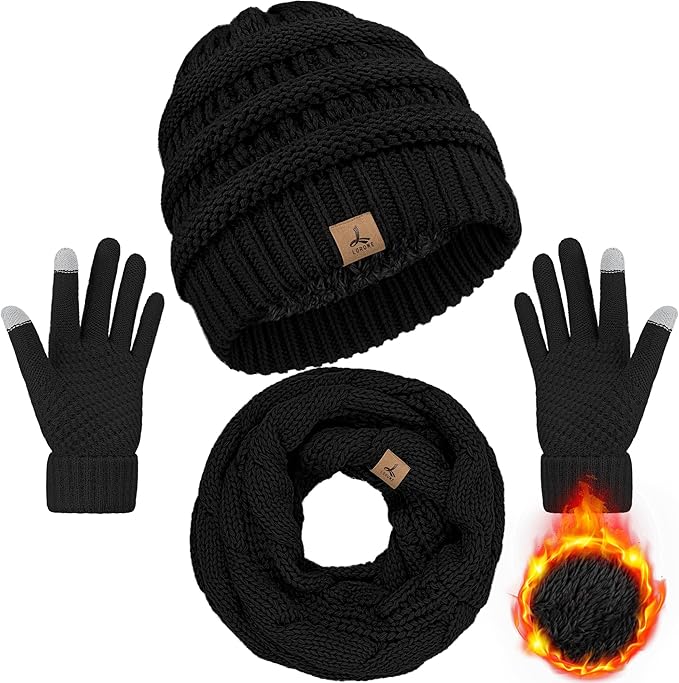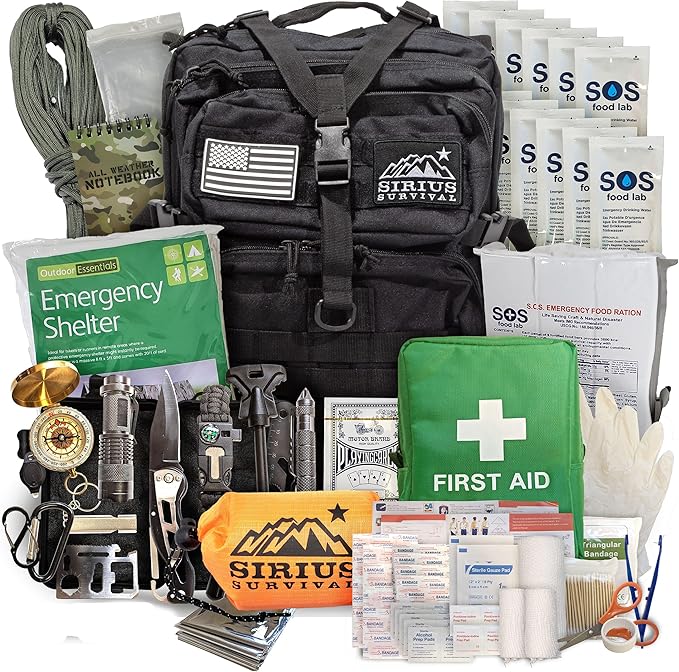
Ah, winter. The season of crisp air, twinkling lights, and the undeniable urge to hibernate under a mountain of blankets. But for those of us who actually need to venture out into the frosty embrace of December, January, and February, there’s a crucial arsenal we need to deploy. And let me tell you, finding that perfect combination of warmth, style, and practicality can feel like a quest worthy of a medieval knight. Enter the “Cozy Cloud” Winter Beanie Hat, Scarf, and Gloves set – a trio that promised to banish the shivers and elevate my winter wardrobe from drab to delightful. I’ve been putting this set through its paces, from brisk morning dog walks to navigating icy commutes, and I’m ready to spill the beans on whether this ensemble lives up to its fluffy moniker.
The “Cozy Cloud” set, at first glance, is exactly what you’d hope for from a winter accessory collection. It arrives as a beautifully coordinated package, usually featuring a beanie, a matching scarf, and a pair of gloves, all crafted from what feels like a delightfully soft, plush material. The beanie itself boasts a classic design, often with a comfortable ribbed knit and a generous, yet not overwhelming, pom-pom perched jauntily on top. It’s the kind of hat that instantly makes you feel a little more put-together, even if you’ve just rolled out of bed. The scarf, typically a generous length, is designed to be versatile – you can wrap it snugly around your neck for maximum insulation, or let it drape elegantly for a more casual vibe. And the gloves? They’re usually designed with a good balance of warmth and dexterity in mind, often featuring a soft lining and a comfortable fit that doesn’t leave your fingers feeling like frozen sausages. The color palettes are generally rich and inviting, ranging from deep navies and forest greens to cheerful burgundies and classic creams, making it easy to find a set that complements your existing winter coat. It’s clear from the outset that this isn’t just about surviving the cold; it’s about doing it with a touch of flair and undeniable comfort.
What truly sets the “Cozy Cloud” set apart is its commitment to delivering on the promise of warmth without compromising on comfort. Slipping on the beanie feels like giving your head a gentle hug from a friendly cloud – the material is incredibly soft against the skin, and it effectively seals in warmth without feeling stifling. The ribbed knit provides a snug fit that stays put, even on blustery days, and the pom-pom adds a playful touch that’s undeniably charming. The scarf is a true hero in this ensemble. Its generous size allows for multiple styling options, and the plush fabric feels luxurious against the neck, creating a barrier against the biting wind that’s both effective and incredibly pleasant. I’ve found myself instinctively reaching for it even when I’m just popping out for a quick errand, a testament to its immediate comfort. And the gloves? They’re the unsung heroes of keeping your extremities from going numb. The soft lining makes them a joy to wear, and the thoughtful design ensures you can still operate your phone or grab your keys without having to peel them off entirely. It’s this holistic approach to winter comfort – covering all the key areas with materials that feel genuinely good – that makes this set such a standout.
The Sunny Side of Winter: Unpacking the Pros
Let’s talk about the good stuff, because honestly, there’s a lot to love about the “Cozy Cloud” set. First and foremost, the unbeatable warmth is the star of the show. These aren’t flimsy accessories that offer a token bit of protection. The materials used are genuinely insulating, trapping body heat effectively and keeping you toasty even when the temperature plummets. I can confidently say that my ears, neck, and hands have felt significantly warmer since adopting this set. Another massive win is the impressive softness and comfort. The plush fabric feels luxurious against the skin, and there’s no scratchiness or irritation, which can be a common problem with winter wear. This makes them a pleasure to wear for extended periods, whether you’re out for a long walk or just running errands. The stylish coordination is also a huge plus. Having a matching beanie, scarf, and gloves means you don’t have to spend ages trying to find accessories that go together. It’s an instant outfit completer, adding a polished touch to even the most basic winter coat. Finally, the versatility in styling is worth highlighting. The scarf can be worn in so many ways, and the beanie’s classic design makes it suitable for a wide range of personal styles and ages. It’s a set that can adapt to your needs and preferences.
A Few Cloudbursts: Considering the Cons
Now, no product is perfect, and the “Cozy Cloud” set, while excellent, does have a few areas where it could be improved. One of the primary considerations for some might be the level of breathability, especially for those who tend to run warm or engage in more active pursuits. While the insulation is fantastic for keeping cold out, it can sometimes trap heat in a way that might feel a bit too cozy for vigorous activity, potentially leading to some sweat. This means it’s likely best suited for casual outings and moderate temperatures rather than intense winter sports. Another point to consider is the durability for very active use. While the materials are soft and warm, they might not withstand the kind of rough and tumble that very active individuals might put their accessories through. For instance, if you’re constantly pulling on and off gloves while hiking or dealing with rough terrain, the stitching or fabric might show wear and tear more quickly than more robust, specialized gear. Lastly, while the softness is a major pro, the potential for pilling over time is something to keep an eye on. Like many plush fabrics, with repeated washing and wear, there’s a chance of small balls of fiber forming on the surface, which can slightly alter the aesthetic over extended use.
The Verdict: A Warm Embrace for Your Winter Woes
So, what’s the final verdict on the “Cozy Cloud” Winter Beanie Hat, Scarf, and Gloves set? In my book, it’s a resounding success and a worthy addition to anyone’s winter wardrobe. It’s the kind of set that makes you look forward to the colder months, not dread them. The sheer comfort and warmth it provides are unparalleled for its price point, transforming chilly commutes and brisk walks into genuinely pleasant experiences. It’s the perfect solution for those who want to stay snug without sacrificing style, offering a cohesive and attractive look that’s effortless to achieve. Whether you’re a student battling the elements on your way to class, a parent wrangling kids in the snow, or simply someone who appreciates the finer points of cozy living, this set delivers.
Ultimately, the “Cozy Cloud” set is more than just a collection of winter accessories; it’s an invitation to embrace the season with open arms and a warm heart. It’s about those small, everyday comforts that make a big difference when the mercury drops. While it might not be the ideal choice for extreme mountaineering, for the vast majority of us navigating the everyday winter landscape, it’s an absolute winner. It’s a gift that keeps on giving, providing a consistent shield against the cold and a touch of softness that makes even the dreariest winter day feel a little brighter. So, if you’re looking to upgrade your winter essentials and wrap yourself in a cloud of cozy, this set is definitely worth considering.





